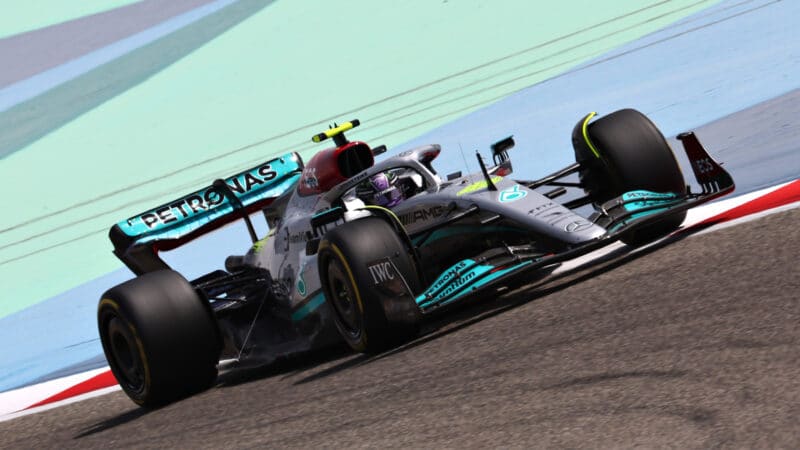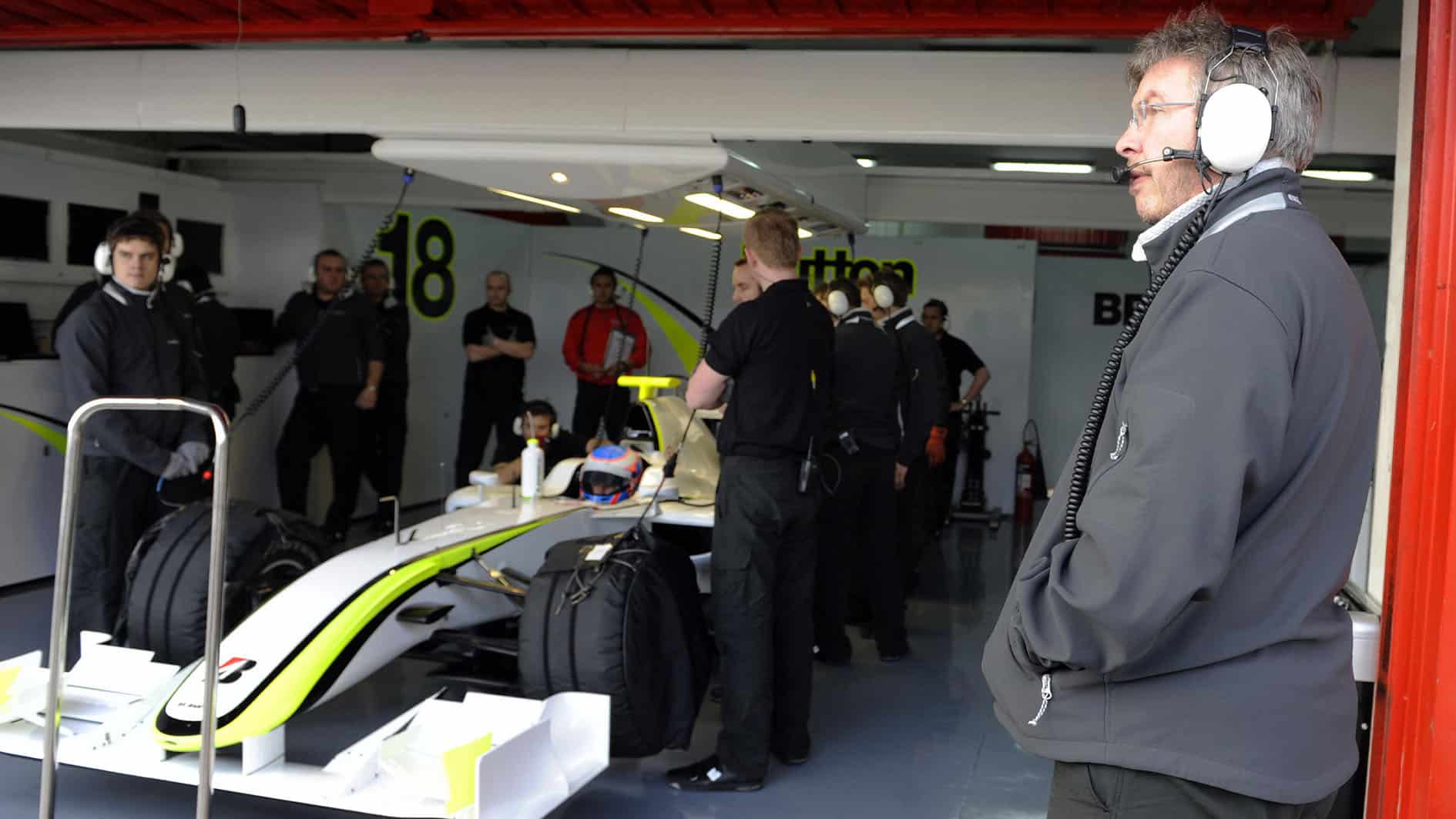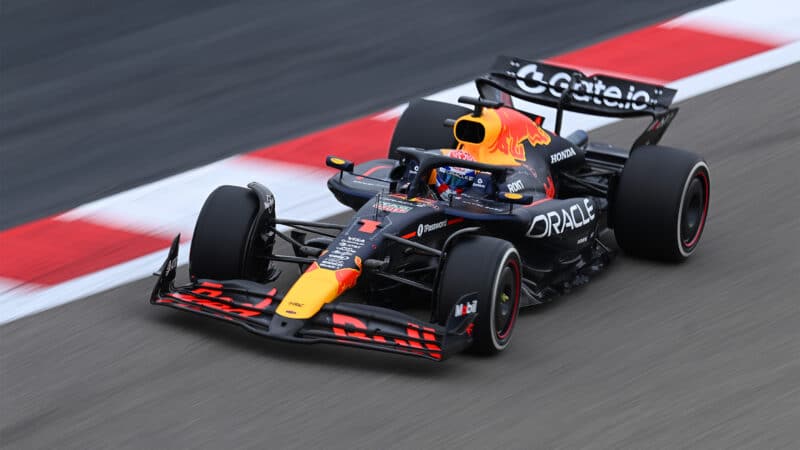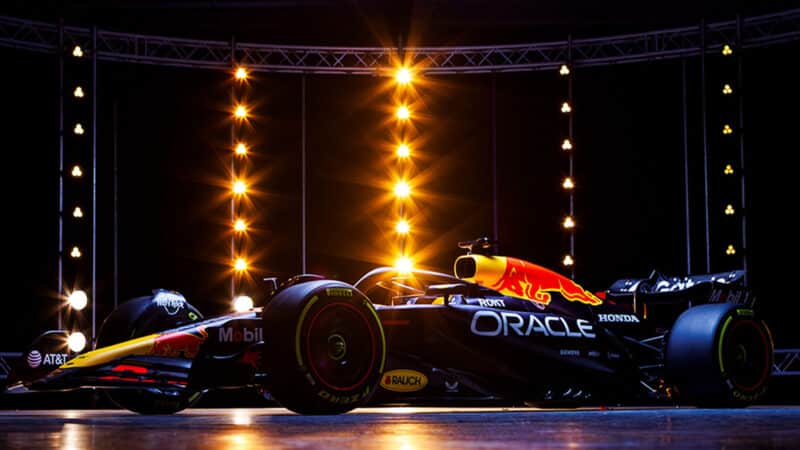“I think this car, whilst it doesn’t look a huge amount visibly different to last year’s car, is subtly different in many different areas, and particularly in the areas you can’t see.
“This season’s all going to be about evolution, it’s going to be about trying to get incremental bits of performance, and it’ll be a development race from Melbourne all the way to Abu Dhabi.”
The last section was quickly leapt upon, as some inferred that Red Bull could be planning on major changes for the Australian Grand Prix. However, Horner rebuffed the suggestion.
“It’s basically the car that will start the season,” he said. “There may be some subtle changes introduced between now and then but fundamentally it’s what we will be taking to Melbourne.”
It remains to be seen what these “subtle” changes will be and what effect they will have on the performance of the RB21 — which set the second-fastest time during the first morning of this year’s pre-season testing.
But it’s not unheard of for an F1 team to hold secret new design back until the opening round of the season with the hope of catching rivals off guard, and it’s common to underplay your performance. In recent years, we’ve seen it all from one of Red Bull’s long-term rivals.

Mercedes’ radical zero sidepod design turned heads in testing
Getty Images
Mercedes has been renowned as the “Master of Sandbagging” since the early 2010s, as it regularly hoodwinked the rest of the grid, giving them false hope by running below its cars’ maximum pace in testing or by adding late upgrades after initial sessions.
While most teams are cagey about their true pace, Mercedes appeared actively in denial as it appeared mediocre in the testing time-sheets, then blew the field away as the competitive action began. Its cars ran almost six-tenths behind Ferrari during testing in 2017 — supposedly because of the T-Wing it had added to the back of its car. Yet at the first race of the season, Hamilton qualified on pole by almost three-tenths.
But its peak came in 2022 — the first year of the current set of technical regulations — when the team arrived at the first pre-season test in Barcelona, a month before the first race of the season. Its new W13 featured wide sidepods, similar to those on the rest of the grid and the new design appeared effective, as Lewis Hamilton and George Russell topped the timesheets on the final day — lapping almost 0.5sec quicker than anyone else.
But at the second pre-season test in Bahrain, just a week before the season opening race, the W13 rolled out onto the circuit seemingly stripped of those sidepods. By the time rivals had time to scrutinise, evaluate and imitate the design, the season would be well underway.
It was a brilliant deceit except for one problem: the ‘size-zero’ design proved uncompetitive and led to numerous mechanical issues as well as porpoising, despite the promising data that had been obtained from simulations.
Hiding innovations is more difficult than ever given how closely watched every session is. In 2020, a keen eye on a cockpit camera uncovered Mercedes’ DAS system during pre-season testing in Spain, which gave its drivers the ability to change the alignment of the front tyres. This could be used to generate extra heat ahead of a qualifying lap or ease wear at high speed on straights and was used occasionally during the season when Lewis Hamilton and Valtteri Bottas went on to win all but four of the season’s 17 races.
The Brackley team had a reputation for sandbagging even before it was known as Mercedes.

Button in the Brawn 001 – which stunned on initial test
Getty Images
In 2009, Brawn GP had reason to be quietly confident after computer simulations over the winter revealed some highly positive results being yielded from an innovative double diffuser design. So on the first day of pre-season testing in Barcelona, the Brawn GP 001 was deliberately run slowly to avoid the scrutiny of rivals — and a potential challenge to its innovative double diffuser.


